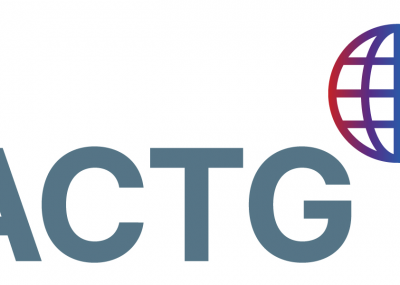Objectives: Human immune deficiency virus (HIV) is associated with increased cardiovascular disease (CVD) risk, yet the relationship between HIV and carotid atherosclerosis / monocyte activation among virally suppressed HIV-infected patients in sub-Saharan Africa is not well understood.
Methods: We measured traditional CVD risk factors, bilateral distal common carotid intima media thickness (cIMT), presence of carotid plaque and plasma sCD163 levels among virally suppressed HIV-infected adults and HIV-uninfected controls, in a cross-sectional study in Gaborone, Botswana. The associations between HIV status, traditional CVD risk factors, sCD163 and outcome of cIMT were assessed in univariate and multivariate linear regression models.
Results: We enrolled 208 HIV-infected adults (55% Female, mean age 39 years) who had undetectable HIV-1 RNA on antiretroviral therapy and 224 HIV-uninfected controls (47% Female, mean age 37 years). There was no difference in cIMT between study groups, with mean cIMT 0.607mm and 0.599mm in HIV-infected and HIV-uninfected, respectively (p = 0.37). Plasma sCD163 was significantly higher in HIV-infected versus HIV-uninfected persons (1917ng/ml vs 1593ng/ml, p = 0.003), but was not associated with cIMT (p = 0.43 among all, p = 0.72 for HIV-infected only). In the final multivariate model, increased cIMT was associated with older age, being treated for hypertension, and higher non-HDL cholesterol among all (p<0.001, p = 0.03, p<0.001 respectively), and with older age and waist-hip ratio in HIV-infected participants (p = 0.02 & p = 0.02 respectively). Carotid plaque was present in a significantly higher proportion of HIV-infected adults (RR 2.15, 95% CI 1.22, 3.81).
Conclusions: HIV-infected participants aged 30-50 years who have achieved viral suppression did not have increased cIMT when compared to HIV-uninfected controls in Botswana. However, well-controlled HIV was associated with excess monocyte activation. Future work should explore the impact of subclinical atherosclerosis on CVD events among HIV-infected and -uninfected adults in Botswana.




